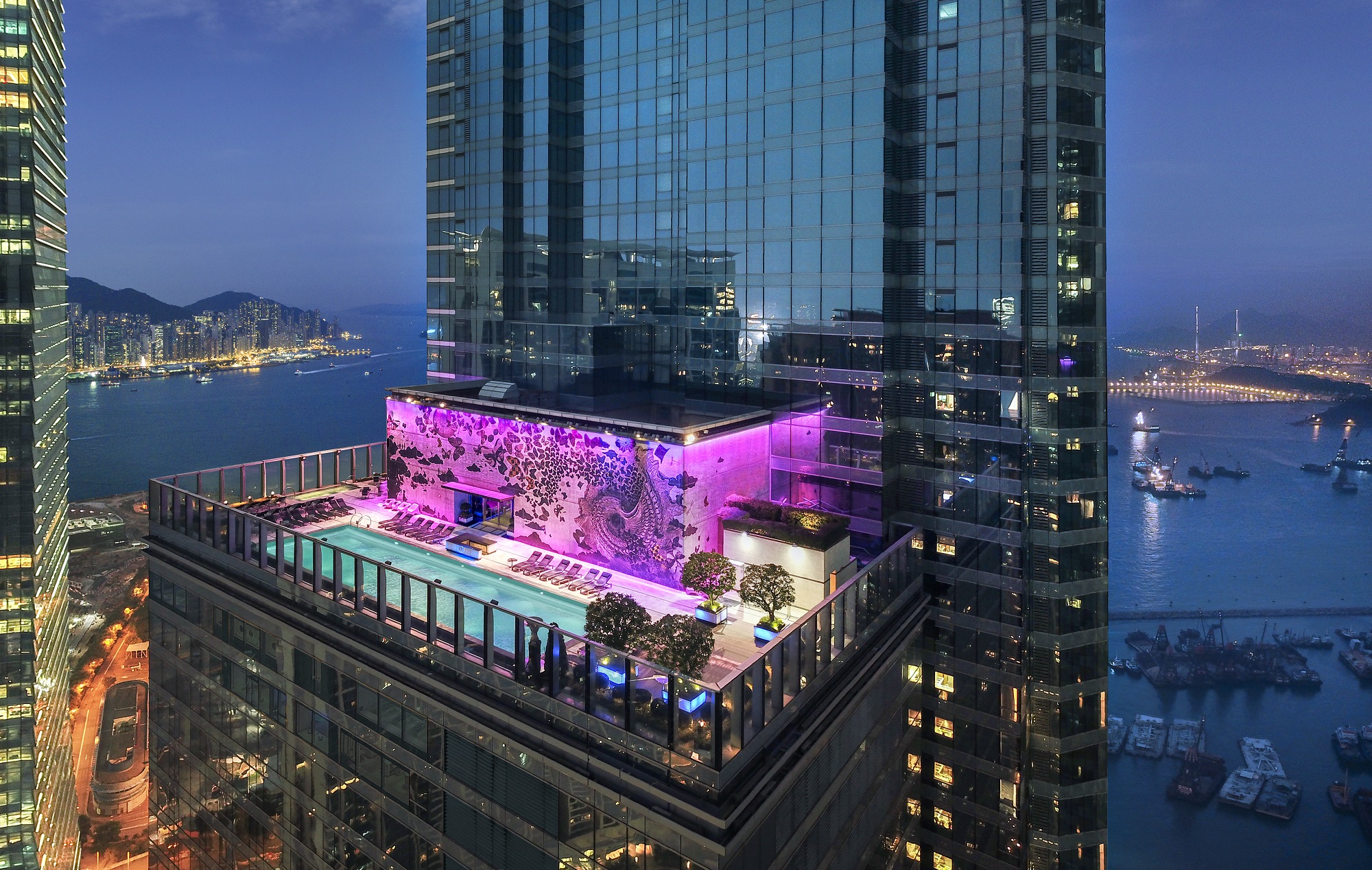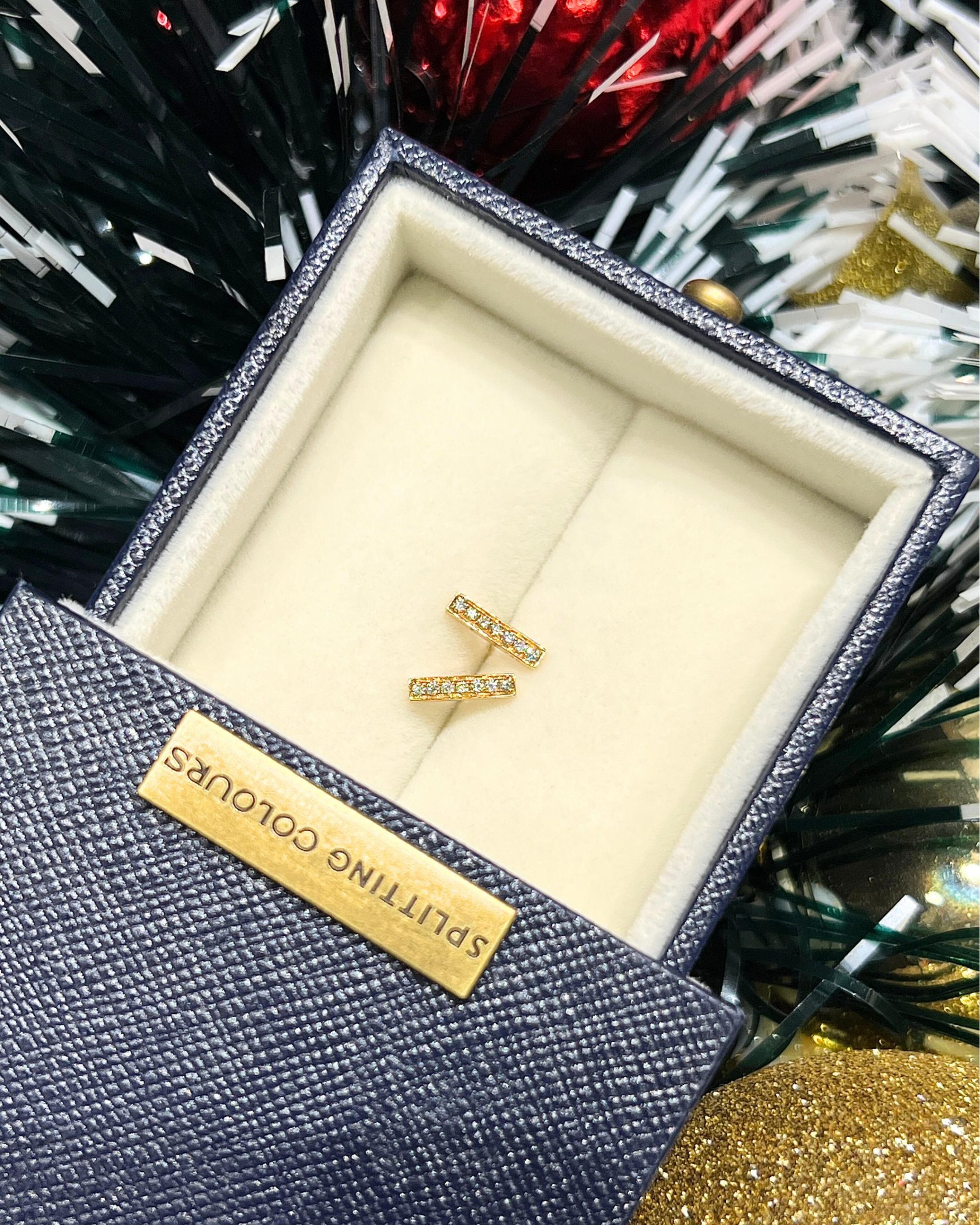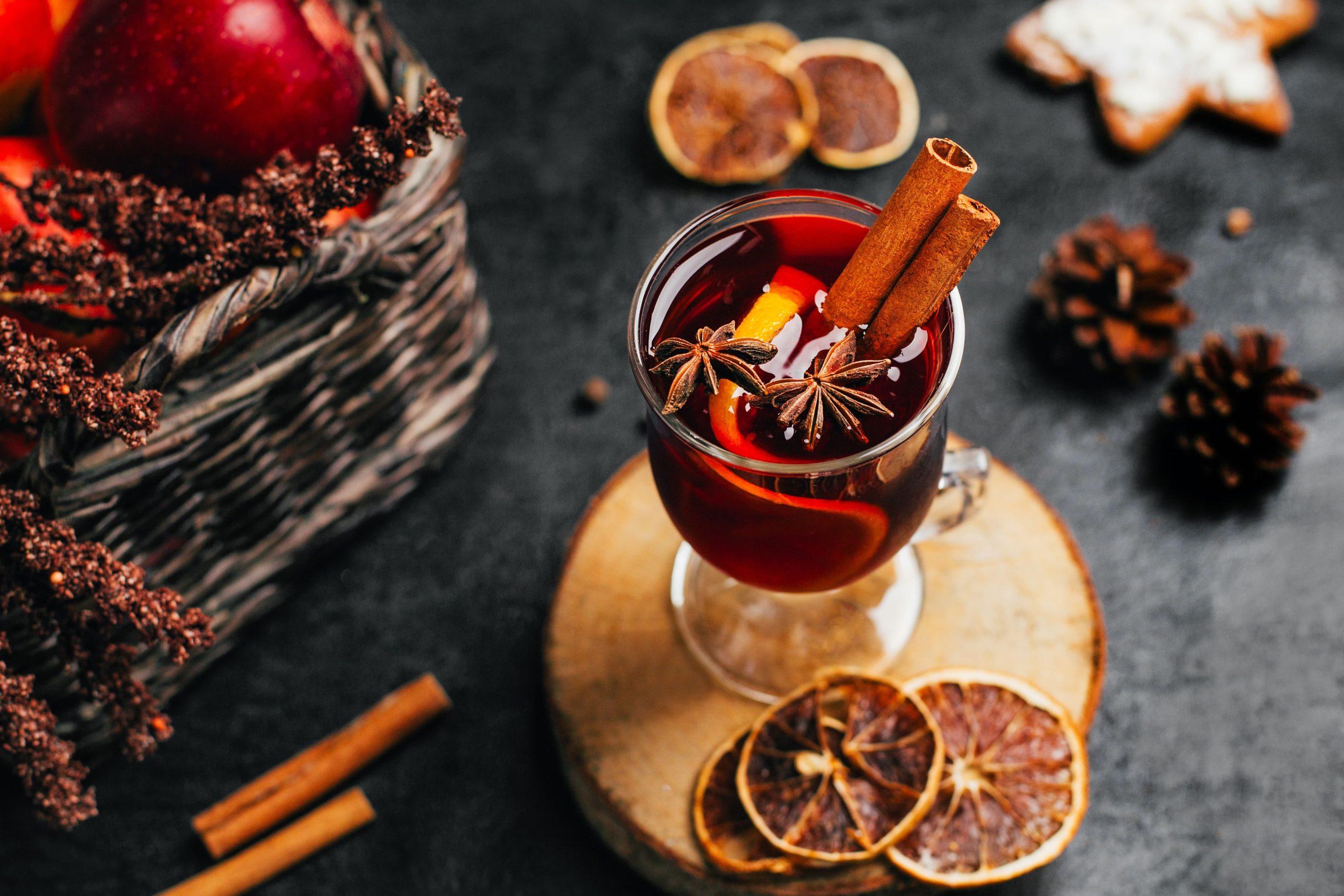French jewellery maison Van Cleef & Arpels’ heritage exhibition in Seoul is an astounding display of history and creativity. Spanning five months, the exhibition brings together over 300 pieces from the jeweller’s archives. Zaneta Cheng reports

Walking into the first floor of the Van Cleef & Arpels: Time, Nature, Love exhibition, one is bathed in soft green and blue light, emitting from curved walls. Set in D Museum in Seoul, the exhibition is an ode to the extensive archive of patrimonial pieces from the high jewellery maison. Over 300 jewellery creations, watches and precious objects produced by the Parisian jeweller since it was founded in 1906 are separated into different concepts which Alba Cappellieri, curator of the exhibition, drew from Italian writer Italo Calvino’s Six Memos for the Next Millennium.
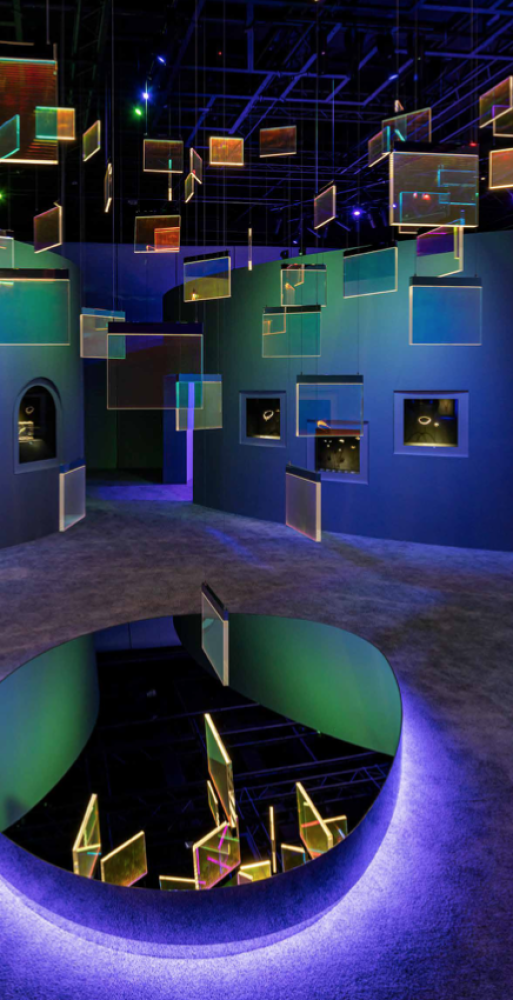
The first is Time, which Cappellieri separates into 10 sections – first Paris, then Elsewhere, and then Intersection with Fashion, Dance and Architecture, which speaks to the context in which Van Cleef &
Arpels was designing – from post-war, patriotic pins and cigarette cases to sizeable necklaces in white gold, emeralds, rubellites, spinels, onyx and diamonds inspired by the heat and decadence of equatorial night. There are eagles and totem pole brooches decorated with multicoloured jewels, inspired by Native American tradition as well as antelope and panthers all encrusted in diamonds and gold, taken from the savannahs of Africa. There are enough pieces in the Elsewhere section inspired by ancient capitals of Eastern civilisations that pack a punch. Take the sapphire- and emerald-encrusted peacock with a yellow diamond of massive proportions dangling from its beak.
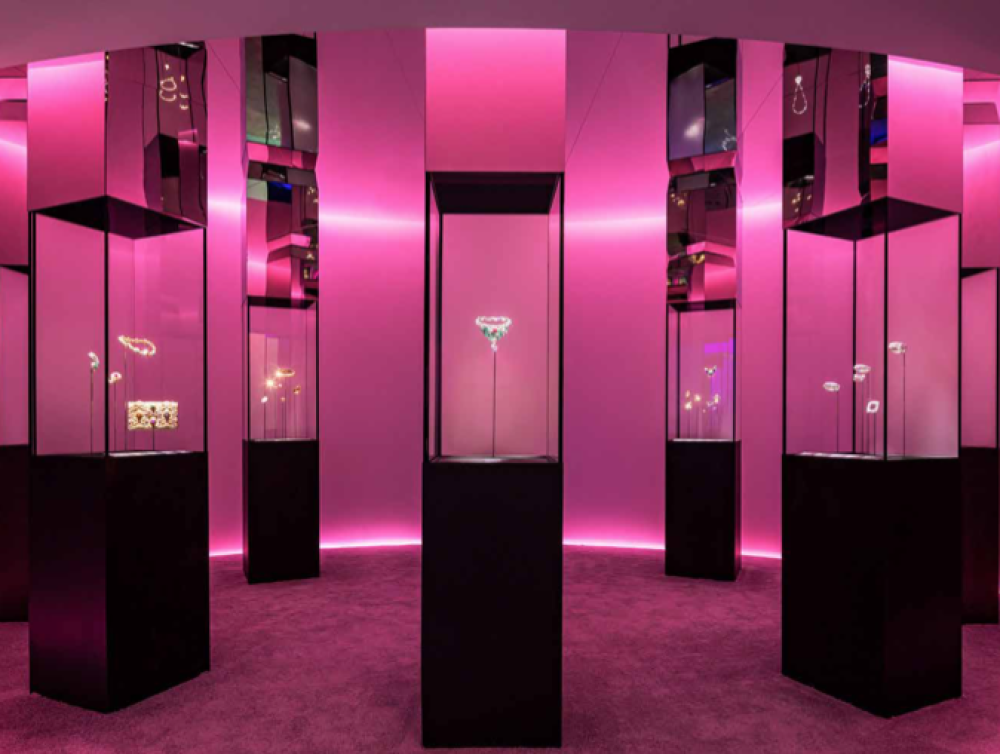
Dance is probably one of the more notable sections with decorative ballerina pins that have become a signature of the house’s creations. A single upturned pear-shape diamond forms the ballerina’s face, while a cornucopia of jewels then make up the rest of the dancing figure. Fashion, meanwhile, sees larger, more flamboyant pieces – those with big jewels that elicit oohs and aahs.
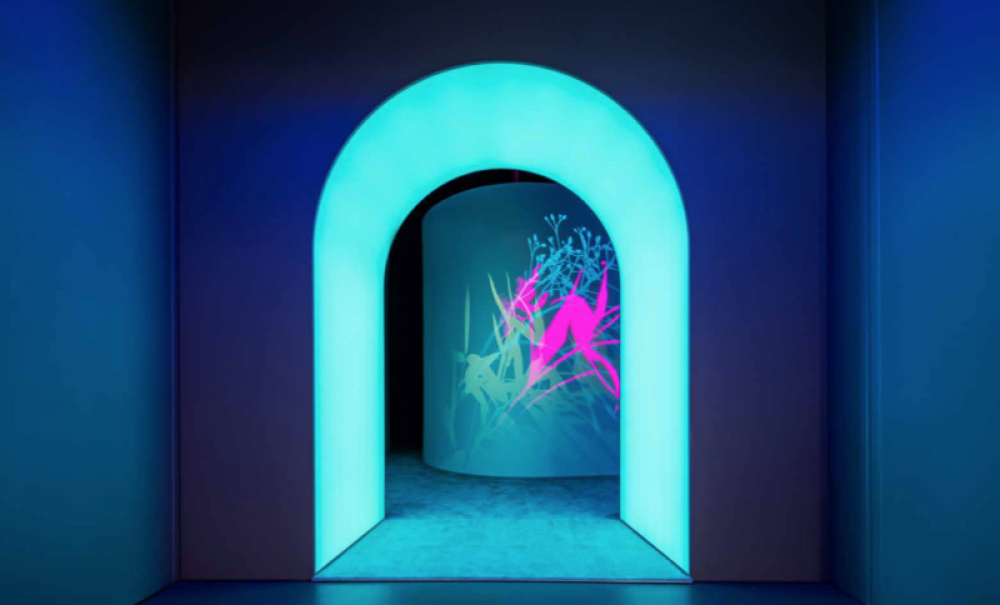
There are also the five values cited by Calvino: lightness, quickness, visibility, exactitude and multiplicity, which work well to showcase the impeccable quality of the pieces created by the French jewellery house. Platinum and diamond pieces are the focus of lightness, which showcases Art Deco style with curled necklaces and chokers with cascading diamonds. Quickness is a showcase of ornate and intricate timepieces produced by Van Cleef & Arpels with secret jewellery, pocket watches, and travel and handbag watches on display. Some are simpler while others are finished with lapis lazuli edges, crusted with pavé diamonds in intricate Art Deco shapes, or in gold and rubies and diamonds. Exactitude is a display of the jewellery maison’s intricate Mystery setting while Multiplicity presents the its collection of precious objects. Visibility is, again, a selection of showstoppers with intricate designs that fuse together each precious gemstone to create a jaw-dropping final piece.
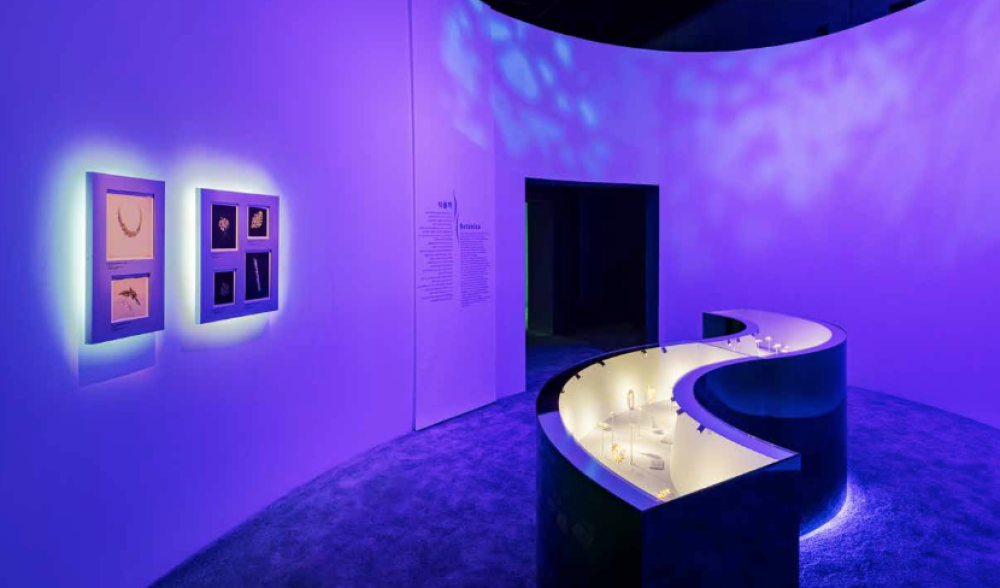
In flora and fauna, Van Cleef & Arpels’ longtime inspiration is given pride of place. There are stunning post-war brooches that carry patriotic symbolism and a zoo of animal brooches and pendants all interpreted in the house’s gentle, playful, elegant style. This has never been a jewellery house that produces ferocious wildcats but interprets even lions, tigers and bears with its signature whimsy and gentle flair. Love is presented in the round, behind cases that seem as though one is in a shop perusing around a deconstructed chandelier in the piazza that serves as the final stop of the exhibition.
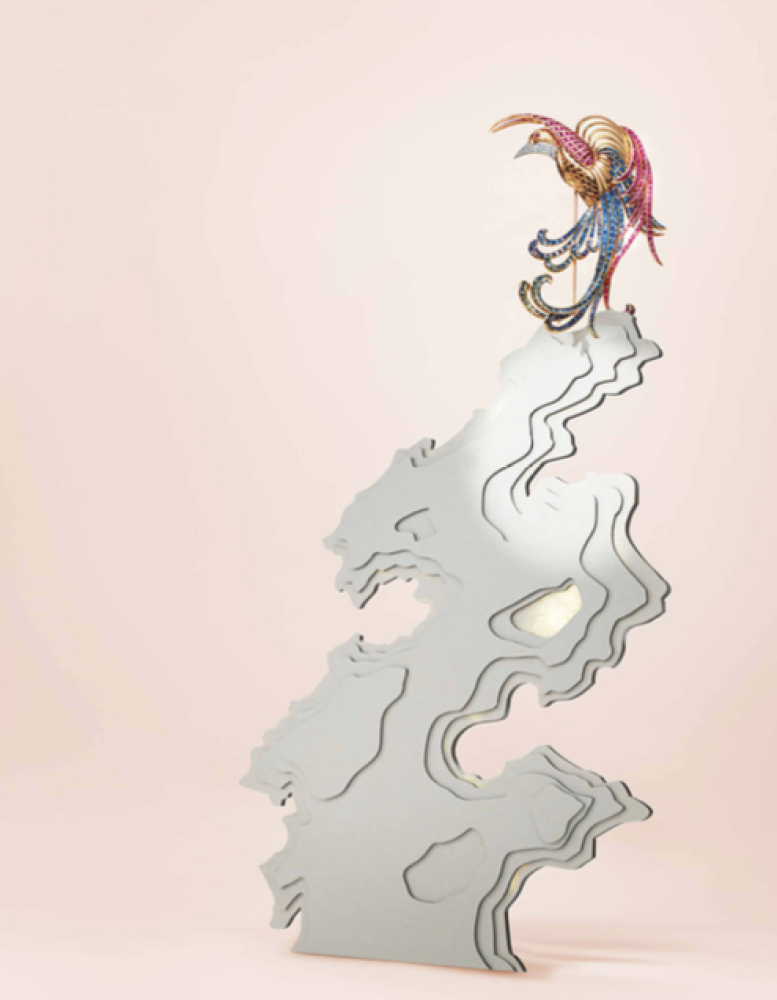
The entire way, soft blue, green and pink lights fill the space. There is a mirrored corridor bathed in dim blues and greens for the Instagram enthusiast. What the light does is allow the jewels to take centre stage as the most brightly lit objects in any room. The exhibition in Seoul, as well as iterations before it in cities like Riyadh and Shanghai were all designed by American architect Johanna Grawunder, who specialises in light and used it to paint on the curved walls of the exhibition. When asked why she chose this approach, Grawunder says, “Just to have this kind of luminous colour because you can paint a wall and it’s a certain kind of colour, you can paint a wall and put light on it and it’s a certain colour, but if the colour is just coming from the light, it’s a different type of colour. It’s deeper and it’s not in a colour specifier book.
“It’s a whole different thing. For me, it’s more emotive. Also, it’s a different light in the Korean Peninsula so we thought of ways to work with this and use all the colours.”
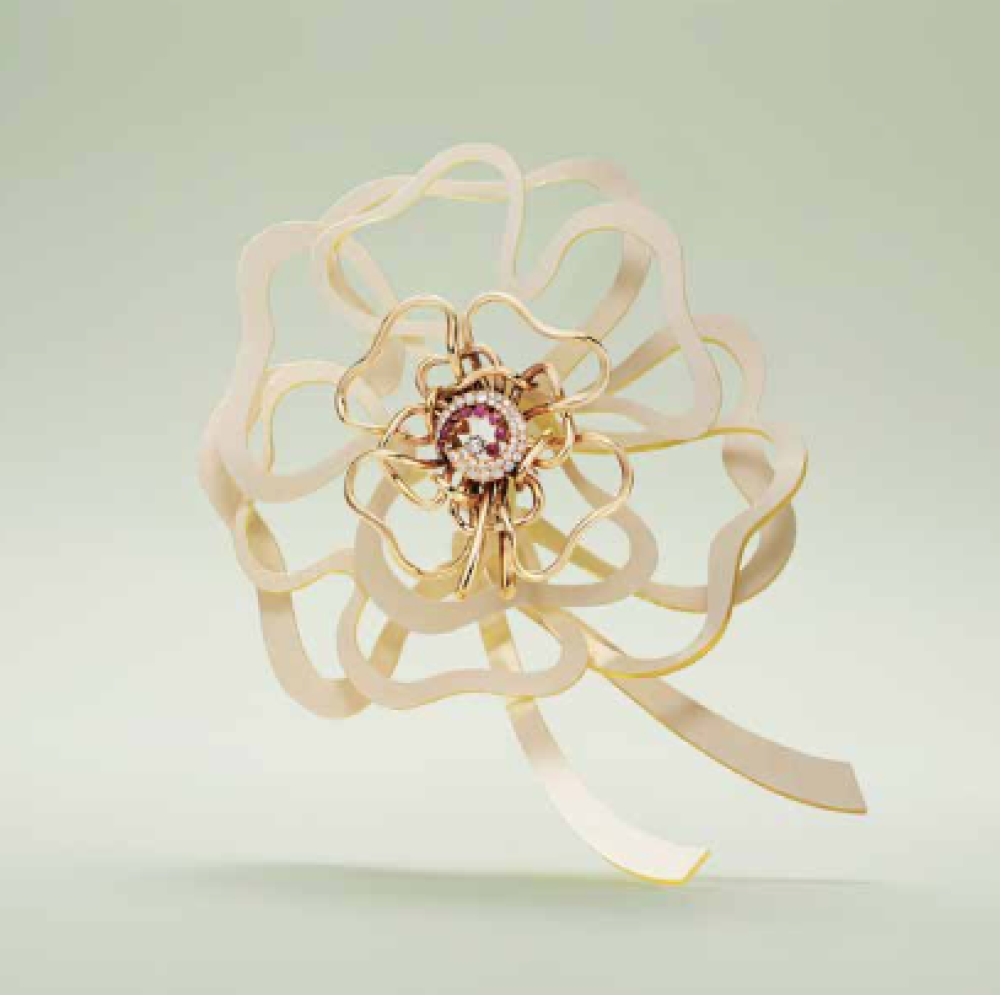
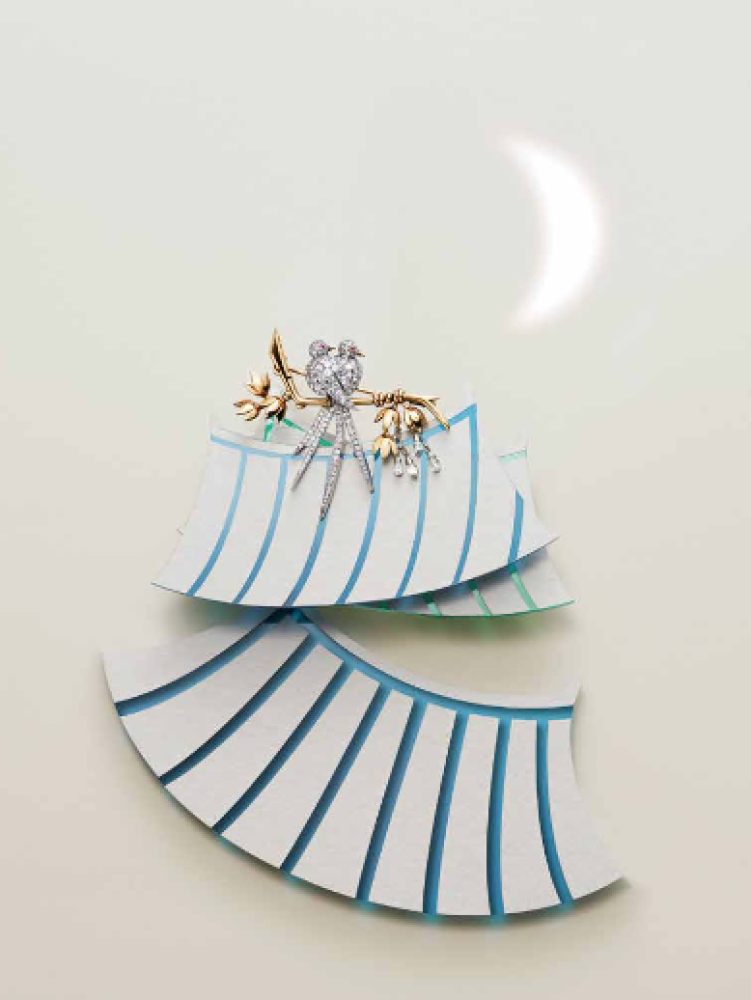
The circular layout of the exhibition space is also a nod to Korean culture. Grawunder already had an organic flow structure that she had designed for the Shanghai exhibit, a change from the more grid-like presentation of the Milan stop where the exhibition was held in the rooms of the Palazzo Reale. From Shanghai onward, Grawunder introduced walls that were “more like little backdrops.” In Riyadh, she worked with the concept of a ribbon and in the case of Seoul, Grawunder worked with the idea of Korean calligraphy.
“The Korean alphabet has something that, for example, the Chinese don’t have, or even Arabic. Korean calligraphy has circles, which is not found anywhere else,” Grawunder explains. “The rooms themselves are little ovals. You’ll see in the Time section that there are two little circle rooms, which we designed directly out of looking at Korean calligraphy and the Korean alphabet, which is the most modern alphabet in the world.”
Also see: Steven Ho’s watch collection
Grawunder also designed a celadon installation at the end of the exhibit. The piece hangs in the middle of the piazza by the Love section. “We wanted to have one area that was kind of the meeting place at the end where people go through and then have a place where they can still be in the exhibition but feel more space around to absorb the whole thing,” she says. “In an immersive experience – I don’t know if you’ve ever been to Disneyland; they are the masters of the immersive experience –you enter something, there’s anticipation, you turn a corner, there’s a surprise. You’re on a rollercoaster, it drops and then it goes slow again. In an exhibition, there has to be the same kind of thing, be it dramatic or physical. Having a space at the end where you can stand and walk around while looking at the chandelier, it gives people time to digest what they just saw instead of taking them through all these
rooms and then just spitting them back out.

“Visitors usually remember the last thing they see at an exhibition so that was the reason for the piazza and embedding the showcases into the wall as if it were the vitrines of Place Vendôme. It kind of makes it feel as though they’re shopping, even if they can’t buy anything, but it’s to give a sense of familiarity while walking around. Then of course, the fountain is the deconstructed chandelier in the middle. This was also the place in the exhibition to do it because there wasn’t a specific theme so it was a spot where we really wanted to do the celadon colour.”
But why Seoul? According to Nicolas Luchsinger, President Asia Pacific at Van Cleef & Arpels and resident patrimony expert, it’s an apt moment to introduce the heritage of the house to an increasingly sophisticated and refined consumer market. “The taste in Korea is very refined but this doesn’t meant that they know the history of Van Cleef & Arpels and it doesn’t mean that they have an understanding of
the history of Van Cleef & Arpels craftsmanship. These are two different things,” Luchsinger says. “And this is what we want to achieve with this exhibition – to show the history and what we have done in the past to get to the sophistication that the maison presents today.”
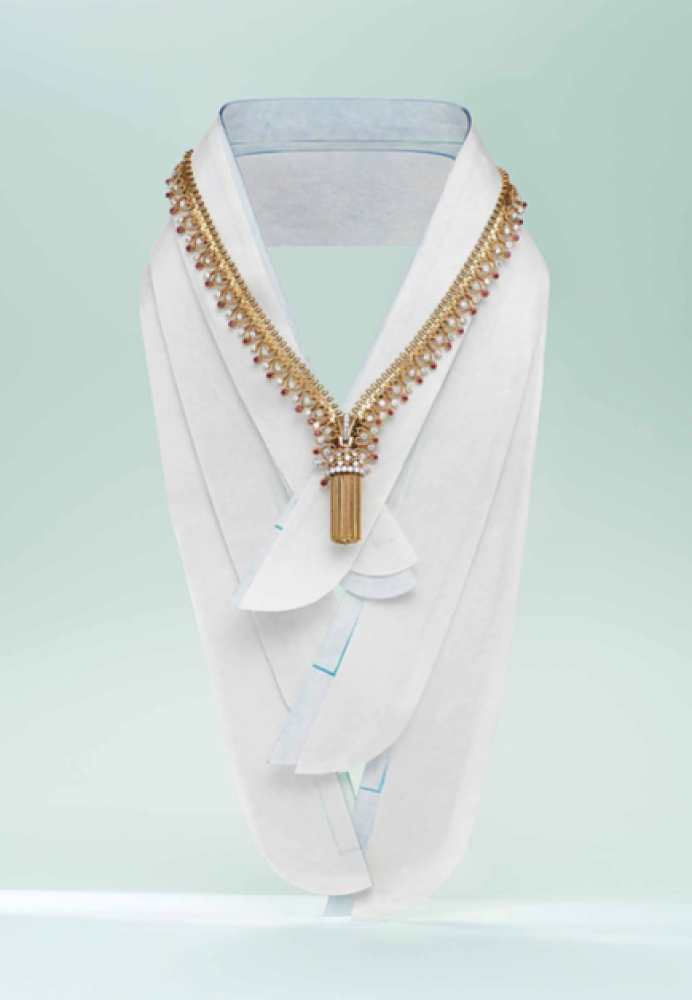
It’s been a journey for Luchsinger, whose experience at a notable auction house gave him particular expertise in heritage jewellery and who built the heritage jewellery business for the maison. Not in the least because the Asian market has traditionally been thought to be less receptive to heritage items than the West. “I started very small, with not so many pieces,” Luchsinger says of the time he began establishing the heritage department as a saleable business within the maison. “A lot of my colleagues and sales associates in the New York store would look at me and wonder what I was doing. They were looking at this jewellery, this old stuff – and then it started selling and selling and selling, which was the point they became much more interested. So I developed it in other stores in the United States where I was based at the time, especially in Palm Beach because Palm Beach is a huge market for heritage jewellery due to the very wealthy crowd living there. Then slowly we expanded abroad and Asia was the last stop.
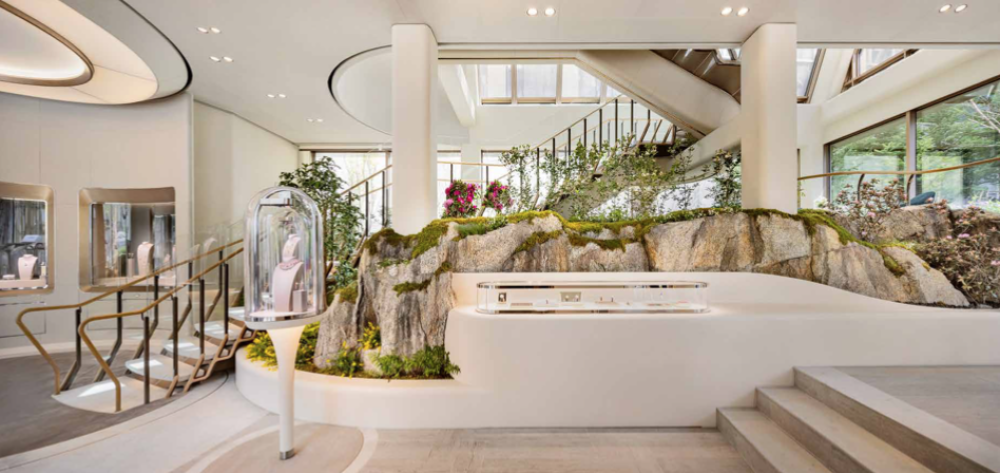
“But now I’ve been in Hong Kong for nearly seven years and I must say that I had this idea of Asia that was completely wrong. I thought that Asians didn’t like secondhand jewellery because of the association with bad feng shui and they didn’t want something which has already been worn but that’s not true at all. I was at a dinner a while ago and was talking to the lady sitting next to me wearing many heritage pieces about my preconception that Asians didn’t like heritage pieces but that she was obviously not someone who represented that. She said, ‘You know what I do? When I buy a piece of heritage jewellery, I put it on my balcony for one day so the sun cleans the piece.’ So she did still mind a bit but she found a way to make it work for her.”
Which is why Seoul has become the home, not only to the five-month-long exhibition but also the permanent home of the new Van Cleef & Arpels Maison. Located in the city’s premier Cheongdam-dong neighbourhood, the Seoul maison’s five-level façade is wrapped in a grille cut in a lozenge pattern to recall fluid reeds. It’s a structure that blends both traditional artistic craftsmanship in the form of green ceramic of different hues as well as an extremely lightweight metal alloy.

Inside the building are the Maison’s iconic collections as well as high jewellery pieces amidst inbuilt garden oases, with lush foliage that draws the eye across the sweeping ground floor. Designed in collaboration with renowned Korean landscape artist SeoAhn, the garden will change with the seasons, bringing Van Cleef & Arpels’ favourite inspiration into its very own maison. The gardens extend across the levels, and the mezzanines and private spaces designed by Jouin Manku bring together both Korean artistic heritage and inspirations that are emblematic of the jewellery house. Across all five floors, visitors will be able to find heritage items dotted across. Currently, one of the floors is still hosting an exhibition, A stroll in Van Cleef & Arpels’ poetic universe, which pays tribute to the maison’s heritage.
Given that the Seoul Maison is the fifth stand-alone boutique, joining Paris’s Place Vendôme location,
New York’s Fifth Avenue store, Tokyo’s Ginza and Hong Kong’s Landmark Prince’s outposts, the maison has collaborated again with Korean visual director Younghee Suh for Enchanting Interpretations, a collection of photographs taken of some of the house’s more iconic pieces such as the Zip necklace from 1951 and the Dancer clip from 1942 through a Korean lens and palette.
Also see: Year of the Dragon fashion accessories


